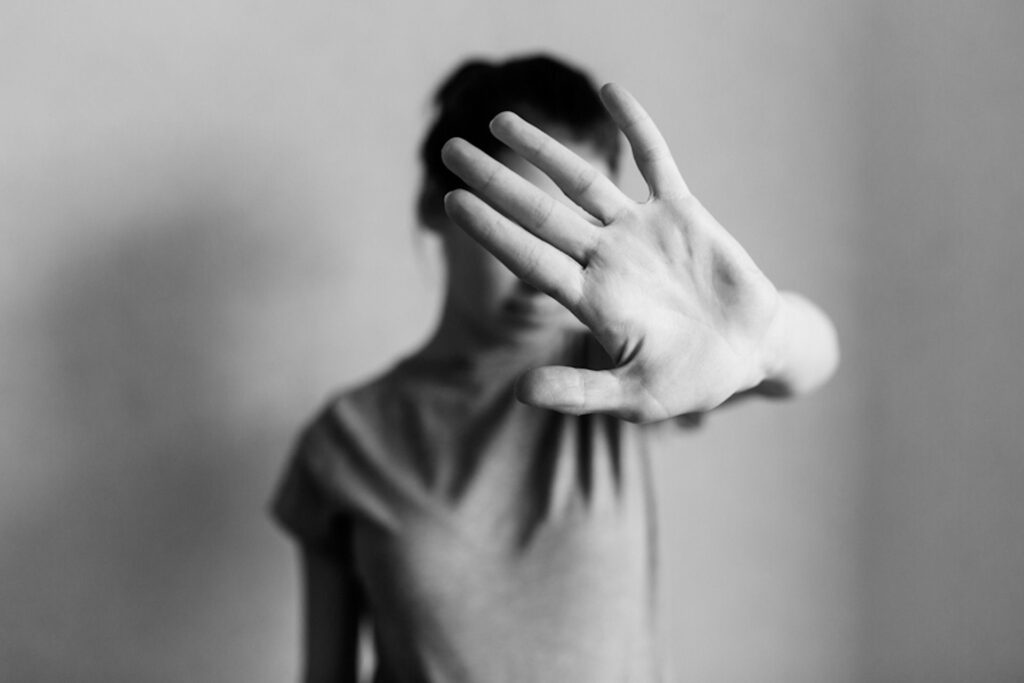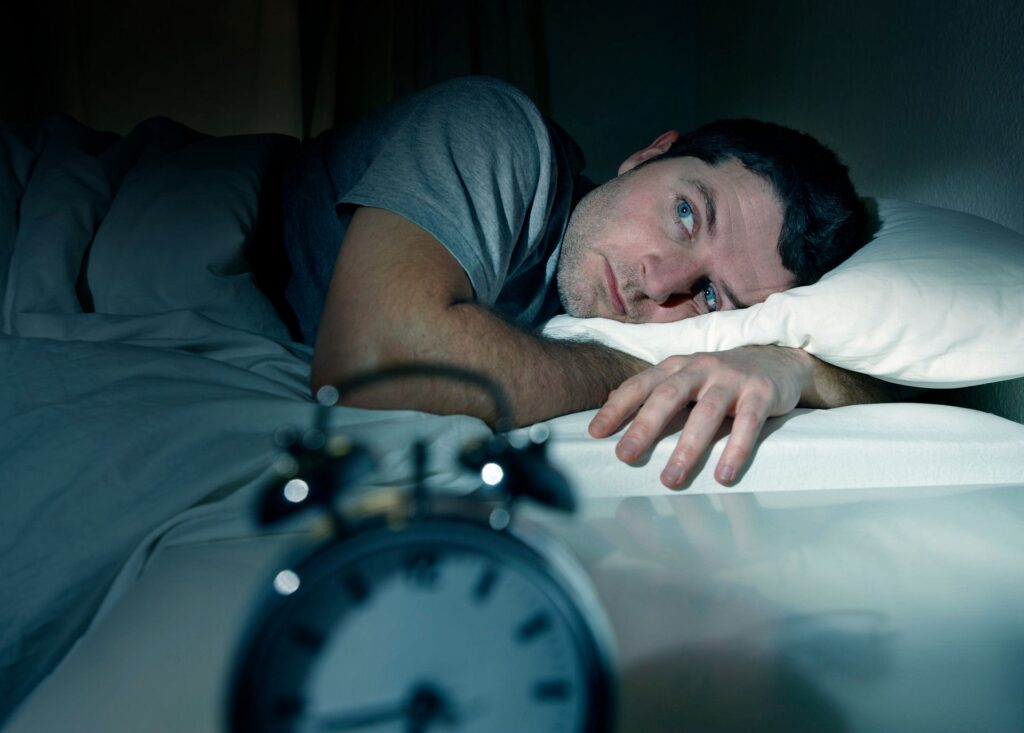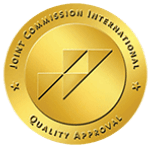Heroin is a highly addictive schedule one drug. It provides a euphoric high that wears off quickly, so frequent use is common. Unfortunately, regular use also results in tolerance and physical dependence. Physical dependence is treated by going through the heroin detox process. Many people fear detoxing because of the intense withdrawal symptoms it produces, but the process is much easier with a heroin rehab.
Importance of Heroin Detox
Recovering from heroin abuse starts with a detox. It would be best if you overcome physical addiction before you can address behavioral issues. Heroin withdrawal can be severe, and it can cause long-term symptoms, known as PAWS if you don’t do it correctly. You will need the help of a detox treatment facility. Detoxing on your own is very difficult and often not successful.
Heroin withdrawal symptoms include:
- Vomiting, stomach cramps, and diarrhea
- Fever and cold sweats
- Body aches and headaches
- Depression, which can become severe
- Insomnia
- Intense cravings for heroin
Heroin causes changes in your brain chemistry. The withdrawal symptoms are very real and are due to biological changes in your brain and body. It isn’t a question of willpower. Your body will fight to convince your mind that you must have more heroin to survive. Withdrawing on your own is scary, but some medications and treatments make the process much easier. Heroin detox doesn’t have to be scary or extremely painful.
Types of Heroin Detox
There are a few different methods of heroin detox. When you visit a heroin rehab, you will meet with addiction professionals to determine which way is best for you. The type of detox for you will depend on the severity of dependence, your lifestyle, health, and personal preferences.
Types of heroin detox include:
Medication to Manage Symptoms
This method is ideal for those who don’t have a long history of heroin abuse or want to avoid opioid replacement. For instance, Clonidine can reduce withdrawal symptoms. It can calm high blood pressure and anxiety and relieve gastrointestinal discomfort. Other medications are available to reduce the withdrawal symptoms as well.
Opioid Replacement Therapy
Opioid replacement therapy, also known as medication-assisted detox, is the most common form of detox. Buprenorphine or methadone are partial opioid agonists. They act on the same receptors in the brain as traditional opiates, which prevents withdrawal symptoms. They have much lower abuse potential. Buprenorphine is often combined with naloxone, which is an opiate blocker. This treatment prevents the drug from creating a high if it is misused. They can also use naloxone as a standalone treatment. They usually give this after detox to prevent relapse.
Rapid Detox
When you think about going through the detox process, you may wish you could go to sleep and wake up on the other side of it. This method is essentially what occurs with rapid detox. Your treatment professional will put you under anesthesia and administer drugs to help flush the substances from your system. You will remain unconscious throughout the worst part of the detox process. You will still experience withdrawal symptoms when you awake, but they will be less severe. Rapid detox is ideal if you need a treatment that will go quickly instead of a longer stay in an inpatient facility.
What Happens After Detox?
Once the initial detox process is over, you can begin the next stage of your heroin rehab. Even though you have overcome physical addiction, you have a long way to go. It’s essential to attend a rehab facility to help you beat your psychological addiction. You’ll learn about how and why addiction happens and how to develop healthy coping strategies.
Heroin Rehab at Bayview Recovery
If you need heroin rehab, Bayview Recovery can help. We understand the struggles of overcoming heroin addiction. We will create a personalized treatment program to meet your needs, based on one of our four treatment levels. You can overcome heroin addiction. To take the first step, contact us today at 855.478.3650.

 Dr. Dave Cundiff, MD, MPH (Medical Reviewer)
Dr. Dave Cundiff, MD, MPH (Medical Reviewer)






